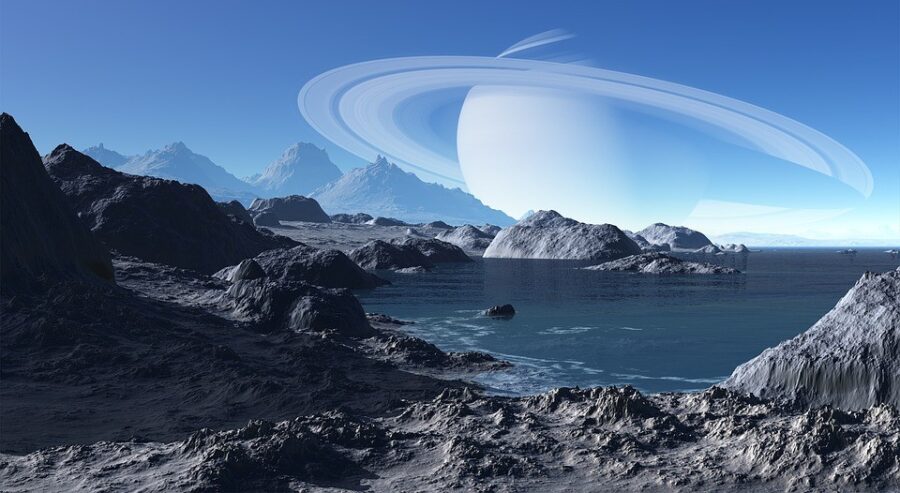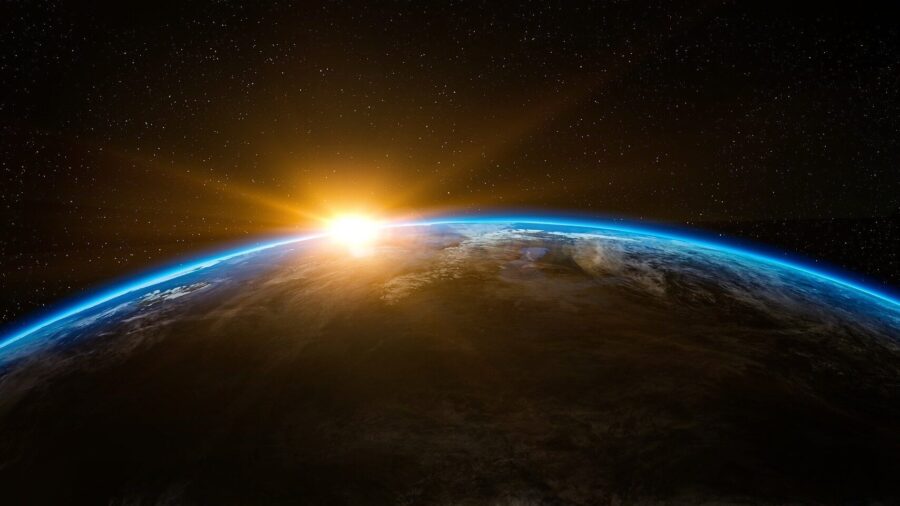Newly Discovered World Is Confusing Scientists

We now have the technology to investigate worlds that are 260 light-years away, which is how we discovered the planet TOI-4860b. Discovering previously unknown planets is nothing new to us, but what’s freaking scientists out is that this newly discovered planet is extremely large, but the sun it floats around is a tiny little star, and that alone is changing everything we previously knew about how the universe works.
As our catalog of exoplanets grows steadily we are beginning to observe peculiar gaps and unexpected discoveries that are redefining the boundaries of planetary science.
Science is changing rapidly. It wasn’t until just over 30 years ago, in 1992, that astrologists proved that exoplanets (planets outside our solar system) existed. And now we can see planets like TOI-4860b that are 260 light-years away (to put it another way, that’s about 1,560 trillion miles away).
TOI-4860b Is A Lot Like Saturn
According to Science Alert, TOI-4860b is a gas giant similar to Saturn. In fact, it’s almost the same size as Saturn, despite the fact that the ancient star it orbits is only a third the size of our Sun. Even more intriguingly, TOI-4860b completes its dizzying orbit in a mere 1.52 days, a breakneck pace that has left scientists scratching their heads.
The curious TOI-4860b has joined the ranks of a select group of cosmic oddities that challenge our understanding of planetary formation and make scientists rethink everything we thought we knew. As our catalog of exoplanets grows steadily—numbering nearly 5,500 at the time of writing—we are beginning to observe peculiar gaps and unexpected discoveries that are redefining the boundaries of planetary science.
Traditionally, our understanding of planet formation has been rooted in the concept of protoplanetary disks—dense accumulations of dust and gas that swirl around newborn stars. These disks gradually coalesce into planets. Crucially, the amount of material within these disks is thought to be determined by the host star’s mass—larger stars possess more material, while smaller stars have considerably less.

This revelation has led to speculation about gravitational interactions between exoplanets, which could have perturbed TOI-4860b into its current close orbit.
Herein lies the enigma of TOI-4860b. According to prevailing models, red dwarf stars with a mass and radius less than 40 percent of our Sun’s should be incapable of forming exoplanets above a certain size. Yet, as we continue to explore the cosmos, we have stumbled upon numerous instances of these tiny stars hosting massive gas giants.
Astronomer José Manuel Almenara and his French National Center for Scientific Research team unearthed intriguing evidence of a potentially unseen companion to TOI-4860b. This hypothetical exoplanet boasts an orbital period of 426.9 days and a mass exceeding that of Jupiter by at least 1.66 times. This revelation has led to speculation about gravitational interactions between exoplanets, which could have perturbed TOI-4860b into its current close orbit.
Despite the tantalizing insights provided by the research team, many questions about TOI-4860b remain unanswered. What exactly is the nature of this gas giant’s atmosphere? What materials constitute its composition? How did it end up in such an extraordinary orbit around such a tiny star?
In a time when our understanding of the cosmos is rapidly evolving, TOI-4860b is just one more piece of the cosmic puzzle. As we continue to explore the universe far beyond anything humanity could have previously comprehended, there is no doubt that we’ll discover more planets and celestial bodies that will continue to tear apart previous theories and bring us one step closer to understanding the universe and how it works.










